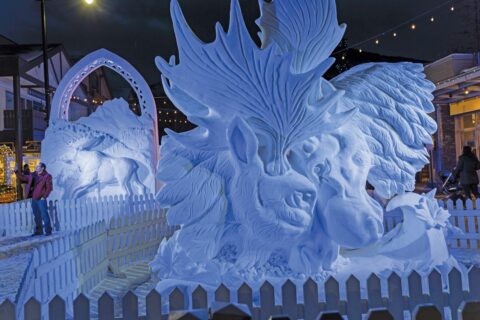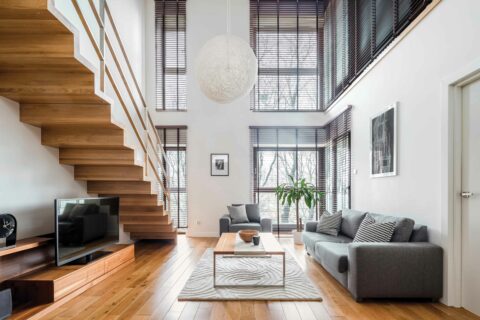July 10, 2023 • Mountain Living
Reverse Mortgage: Everything You Need to Know
By Trisha Isaac, Canmore Mortgage Solutions
A lot of folks are asking for ways to make their home work for them. A reverse mortgage is a way to access the equity in your home, turning it into tax-free money to do with as you wish. If you are a Canadian homeowner over 55 years old, this is a great way to access your home equity. Your home equity becomes cash that you can access without a monthly mortgage payment, giving you financial security and freedom for your future.
How Reverse Mortgages Work
A reverse mortgage allows you to access up to 55% of your home’s appraised value. Depending on the type of product you’re eligible for, you can access this equity through a lump-sum amount or as a lump-sum with advances over time.
You do not have to make regular mortgage payments as long as your home is your primary residence. All you have to do is keep making your regular property taxes, home insurance, and keep your home maintained.
So, when do you pay back the loan? When you move or sell your home.
Because home values have historically increased over time, by the time you are ready to leave your home, its sale value should be enough to cover the balance. According to one of my lenders, Home Equity Bank, 99% of their CHIP Reverse Mortgage clients have equity remaining in their home after the loan is repaid!
How Can You Use Your Reverse Mortgage Funds?
The funds from your reverse mortgage can be used in any way you need. Here are a few ways some Canadians use their funds:
- To cover unexpected life expenses like medical costs
- To pay off high-interest credit cards
- To pay for in-home care or medical expenses
- To take a vacation and travel the world
- To gift it to your children or grandchildren as an early inheritance
- To purchase a new owner-occupied property
What Are the Benefits of a Reverse Mortgage?
A reverse mortgage can be a great product for those that qualify. You can take advantage of the equity you’ve worked hard to build while also:
- Maintaining full ownership of your home
- Customizing how you access your funds with a one-time lump sum, amount or quarterly/monthly instalments that can even include a lump-sum
- Protecting your investment portfolio for an extended period of time if you invest the money
- Accessing tax-free funds that do not affect your OAS or CPP
Eligibility
The following factors are assessed to see if you are both eligible and qualify for a reverse mortgage in Canada. Like all mortgage products, a reverse mortgage can be customized to what you need. To qualify, you must be a Canadian homeowner, be at least 55 or older and have a minimum appraised value of $150,000 in your home. Some reverse mortgage types may require a higher appraised value.
Other qualifying factors include where your home is located, what type of home you own (condo, townhouse, detached, etc.), the appraised value of your home, and what condition your home is in.
What Are the Associated Costs of a Reverse Mortgage?
The costs associated with a reverse mortgage include current interest rates and fees, which vary, so discussing these before signing any paperwork is essential. Other costs can include:
- Appraisal: Required. Costs between $300 – $500 for most properties
- Independent Legal Advice: Required. Costs between $500 – $1,500
- Property Taxes: Required. Must be up-to-date and can be paid through mortgage proceeds.
Is a Reverse Mortgage for Me?
You should review your financial situation before deciding whether this product suits you. I would also highly recommend working with a mortgage broker and a financial advisor. We can help you put together a plan to support your financial goals and desires.
If you are considering getting a reverse mortgage today, I am here to help. I have over 23 years of experience in the mortgage industry and would love to help you navigate the mortgage process.



